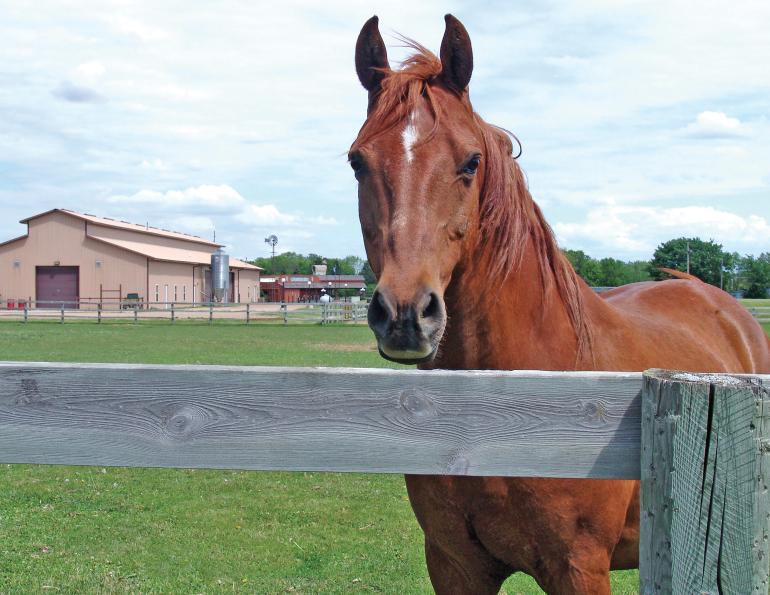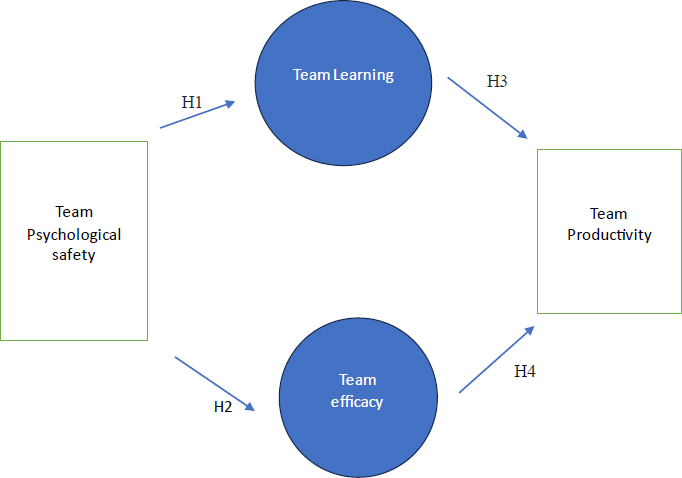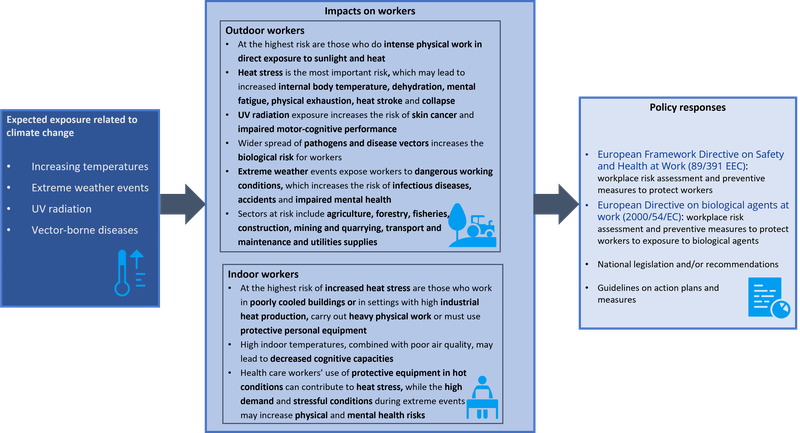Creating a Safe Environment for Horses and Humans

Ensuring safety for both horses and humans is essential in any equestrian setting. A well-designed environment minimizes risks, promotes well-being, and fosters a positive relationship between horse and handler. This article explores practical strategies and considerations to create a safe space for everyone involved.
Key Elements of a Safe Environment

| Element | Description |
|---|---|
| Proper Facility Design | Includes safe fencing, non-slip flooring, and adequate space for movement and exercise. |
| Regular Maintenance | Routine checks and repairs to prevent hazards such as broken fences or sharp objects. |
| Safe Handling Practices | Training for handlers on horse behavior, use of appropriate equipment, and emergency protocols. |
| Health and Hygiene | Clean stalls, proper waste disposal, and regular veterinary care to prevent disease spread. |
Detailed Considerations
Facility Design
- Fencing: Use sturdy, visible fencing materials like wood or vinyl to prevent injury and escape.
- Flooring: Non-slip surfaces in stables and arenas reduce the risk of falls.
- Lighting: Adequate lighting ensures visibility during early morning or evening hours.
Handling and Training
- Education: Handlers should understand horse behavior cues to anticipate reactions.
- Equipment: Use well-fitted tack and safety gear such as helmets and gloves.
- Emergency Preparedness: Have clear protocols and first aid kits accessible.
Health Management
- Regular Vet Checks: Early detection of health issues prevents accidents caused by pain or discomfort.
- Cleanliness: Maintain clean living areas to reduce infections and respiratory problems.
Practical Tips for Daily Safety
- Always approach horses calmly and confidently.
- Never stand directly behind a horse.
- Keep walkways clear of obstacles.
- Store feed and equipment securely.
- Supervise children around horses at all times.
Frequently Asked Questions (FAQ)
Q1: How can I make my horse’s stall safer?
A1: Ensure the stall is free from sharp edges, has proper ventilation, and uses safe bedding materials.
Q2: What are the best practices for introducing new horses?
A2: Introduce horses gradually in neutral territory and monitor their interactions closely.
Q3: How often should safety equipment be inspected?
A3: Inspect all equipment before each use and perform thorough checks monthly.
Creating a safe environment for horses and humans requires attention to detail, ongoing education, and proactive management. By implementing these strategies, you can enjoy a harmonious and secure equestrian experience.
